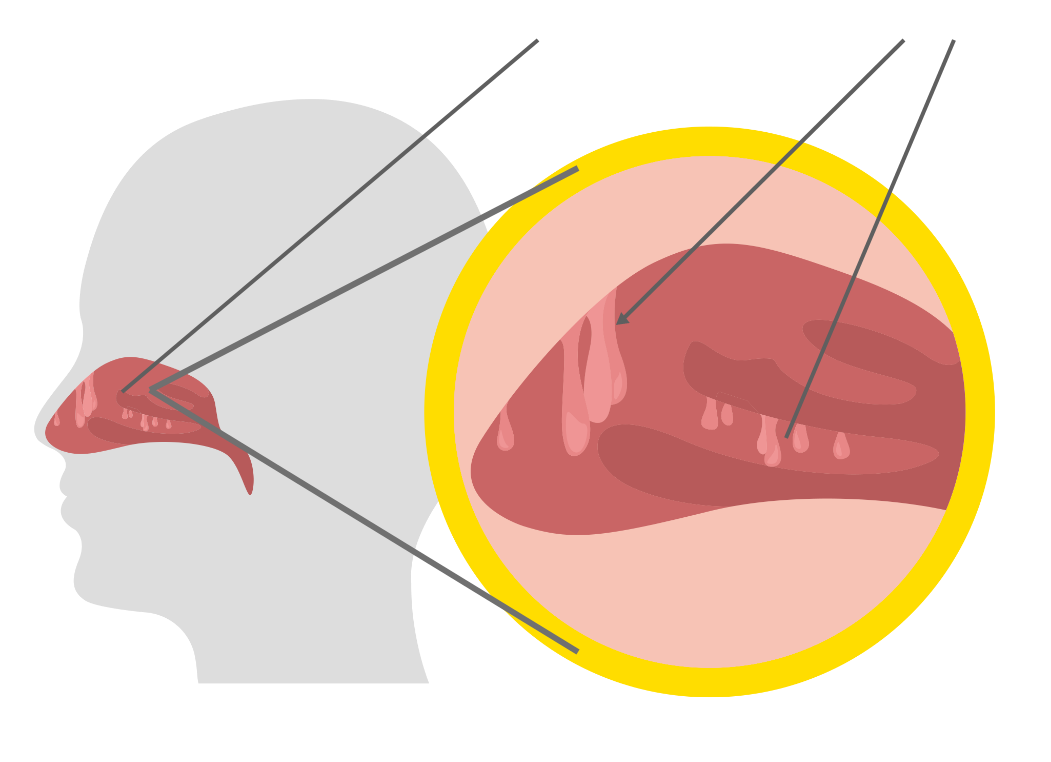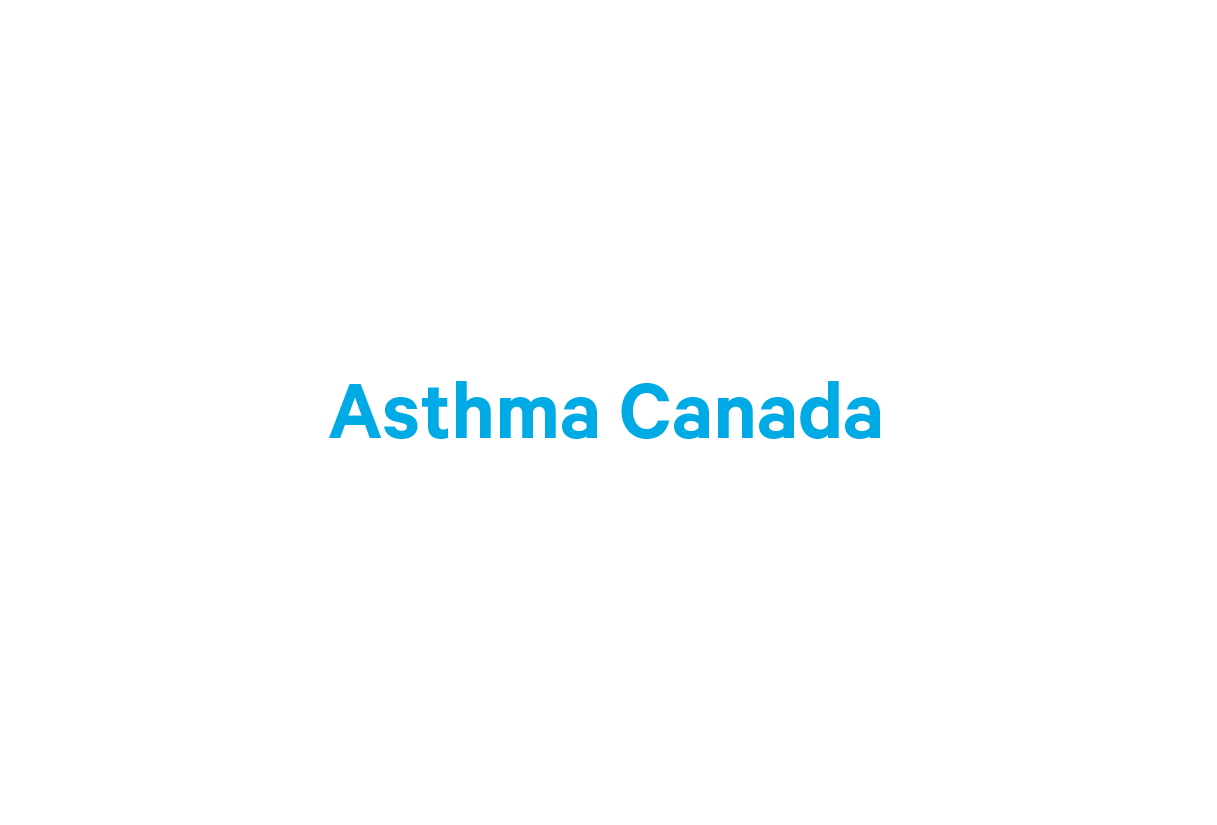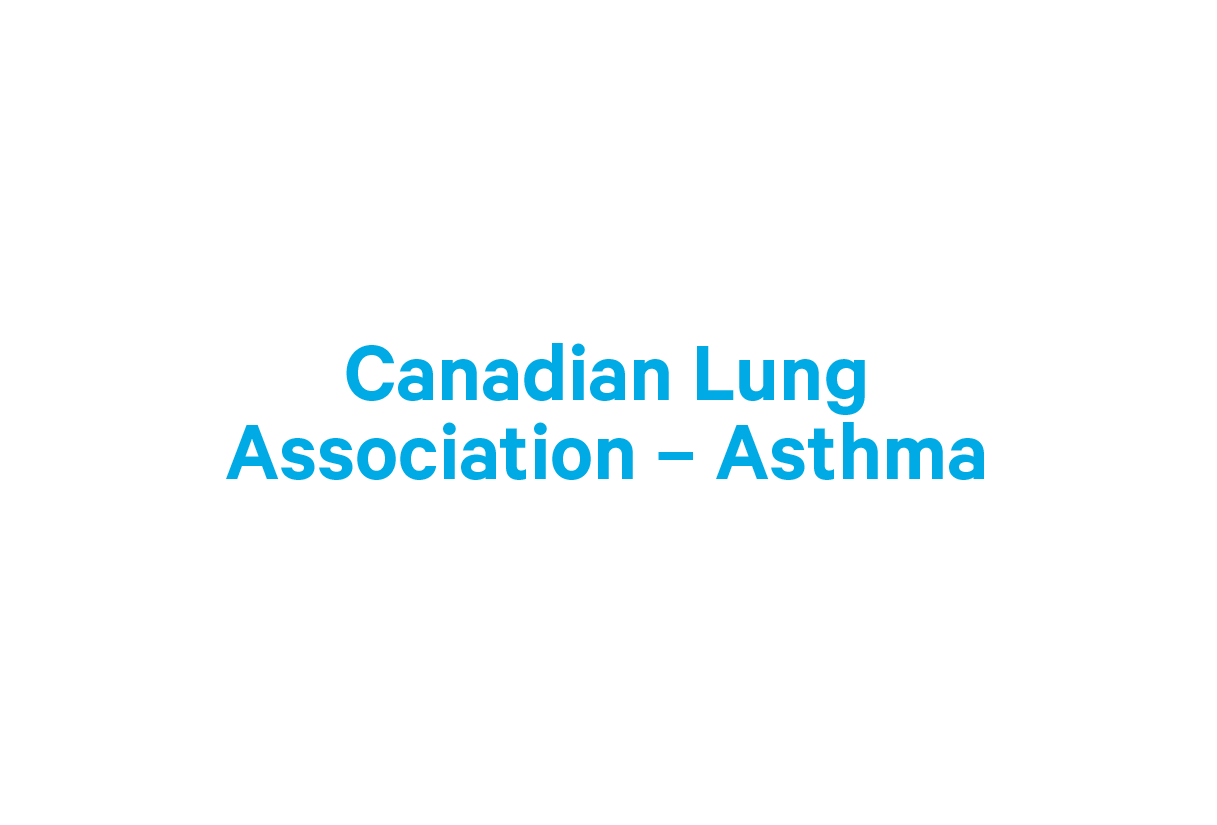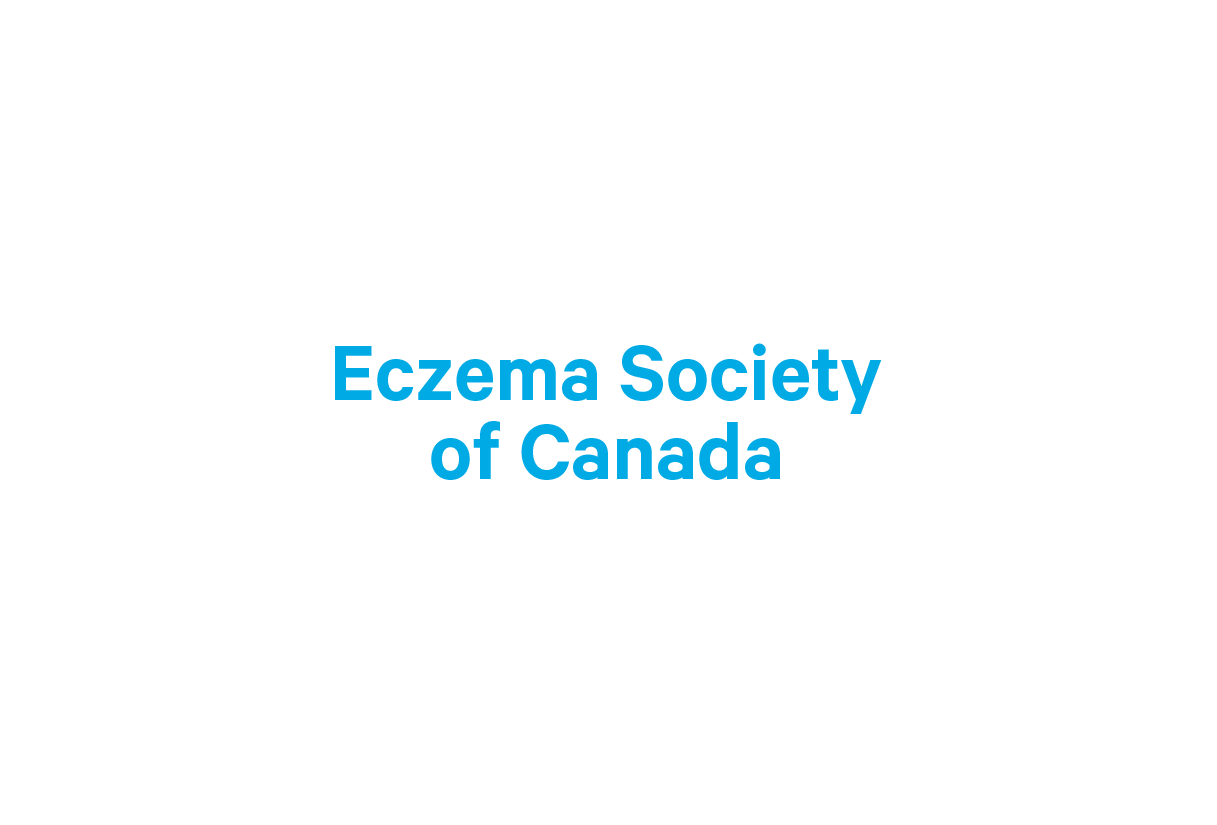“CRSwNP makes me feel like I’m being smothered.”
ADVANCING SCIENCE, A DEEPER UNDERSTANDING
Many people live with an inflammatory disease of the sinuses known as chronic rhinosinusitis (CRS). When nasal polyps are present at the same time, this condition is known as chronic rhinosinusitis with nasal polyps (CRSwNP).
Some people accept their condition as “just the way it is”. And many – like you – may have experienced this condition for years.
But if your symptoms are persistent and bothersome and they interfere with your daily activities, it’s important to know that science is advancing what we know about CRSwNP. Recent research has revealed that CRSwNP can actually be linked to a type of inflammation called “type 2 inflammation”.
The good news is that there are tests to see if your CRSwNP is caused by type 2 inflammation, and there are treatment options such as biologics that can be used in combination with other medications to help relieve symptoms like nasal congestion and loss of sense of smell.
What are nasal polyps?
Nasal polyps are soft, painless, non-cancerous growths on the lining of the nasal passages. They hang down like teardrops. They can result from chronic type 2 inflammation.
Scientists have not determined the exact cause of nasal polyps. There is evidence that people who develop nasal polyps have different immune system responses and different chemical markers in their mucus membranes of the sinuses and nose. Nasal polyps occur together with chronic sinusitis (CRSwNP).

Common symptoms of CRSwNP include:
- Runny nose
- Blocked, congested, or stuffy nose
- Post-nasal drip
- Loss of smell
- Loss of sense of taste
- Facial pain or headache
- Snoring
- Frequent nosebleeds
Nasal polyps can feel like a cold. Unlike most colds which go away in a few days, nasal polyps need to be treated for them to improve.
Nasal polyps may have an impact you didn’t expect
Nasal polyps can cause safety concerns if you lose your sense of smell or taste. This affects your ability to detect potential danger, like smoke, or food that’s gone bad. Loss of sense of smell can also affect your relationship with food or your appetite and may lead to changes in weight.
A different kind of inflammation
Type 2 inflammation can be associated with CRSwNP and can also be associated with other inflammatory diseases, including asthma and atopic dermatitis.
In western countries, approximately
80% of people living with CRSwNP
have signs of type 2 inflammation.

When to see your doctor
If your symptoms haven’t gone away after 10 days, make an appointment to see your doctor to check if you have CRSwNP.
LEARN MORE ABOUT CRSwNP
MANAGING SYMPTOMS OF CRSwNP STARTS WITH TALKING TO YOUR DOCTOR AND MAKING A PLAN TODAY
“Talking to my doctor helped loosen the grip of my CRSwNP symptoms.”
It is not easy living with CRSwNP – but you have treatment options. Treatments for CRSwNP include nasal corticosteroids, saline rinses, corticosteroids taken by mouth or given as an injection, and surgery. There are also drugs called “biologics” that help block the activity of certain substances involved in the inflammatory process. They can be used in combination with other medications to help relieve symptoms such as nasal congestion and loss of sense of smell.
All treatment options can cause side effects and may not be suitable for everyone. Your doctor is your best source for guidance – be proactive and ask them about all the treatment options that may be best suited for you. Together, you can find the right plan that may help you to manage your symptoms.






